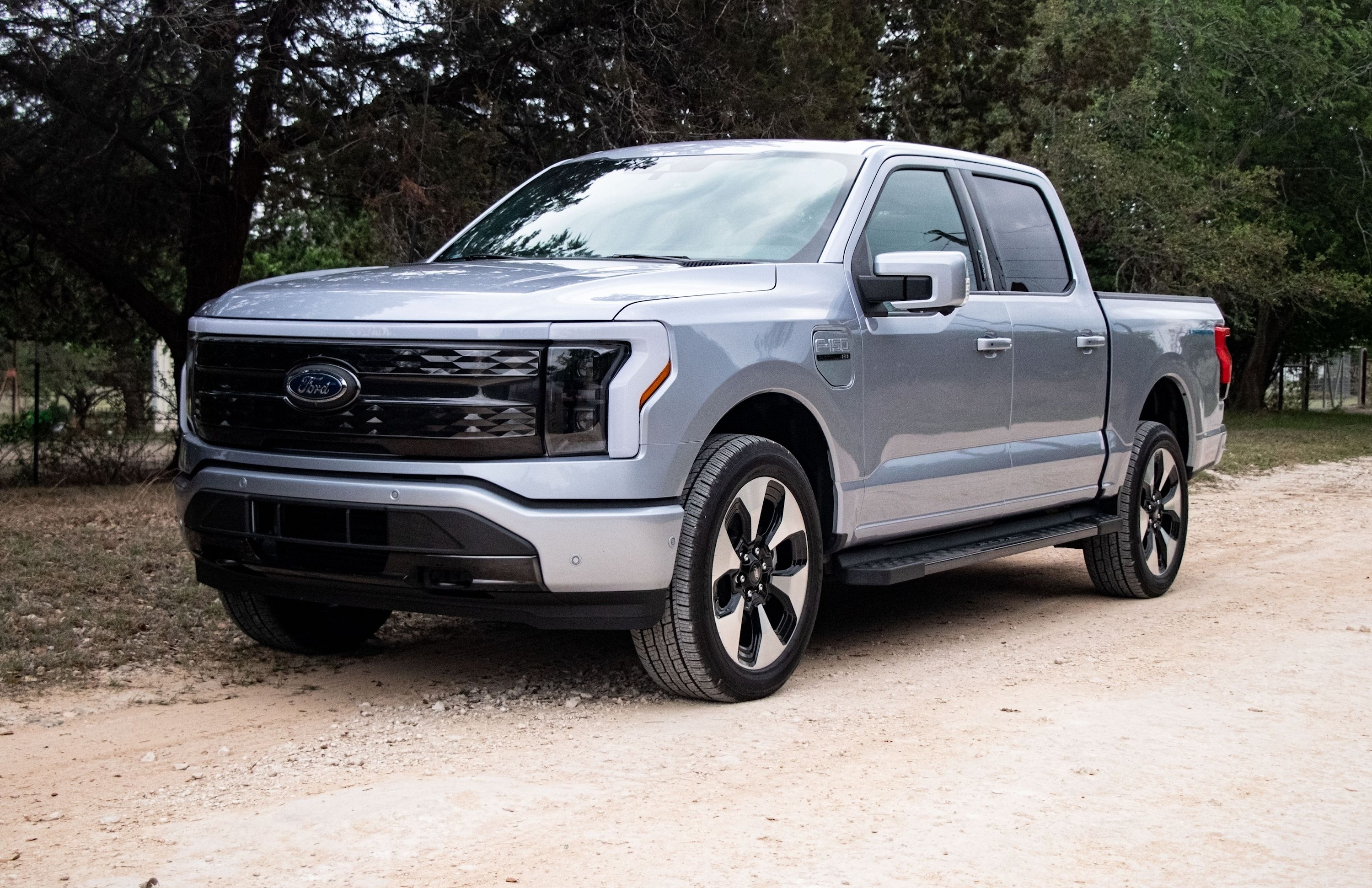
It's safe to say we've all (hopefully) learned something from the pandemic - whether that be about looking out for our fellow man or, in this case, about the auto industry. Ford has indeed learned something from the pandemic, realizing the dealership model is starting to feel pretty outdated.
That's why Ford quietly began the transition to a "built-to-order" sales model last year. And it's working like a charm.
Sales for popular models like the Ford F-150 Lightning and Ford Bronco certainly reflect that. Both are top-rated models that have suffered from dealer markups, though that's more true of the Bronco than the Lightning. That's what the new built-to-order model is seeking to circumvent.
As Ford's first-quarter numbers show, more than half of new sales for the Blue Oval are coming straight from customers without the middleman. In August last year, CEO Jim Farley commented on the new business plan. "We are really committed to going to an order-based system and keeping inventories at 50 to 60 days' supply," he said.
Moreover, the 50% build-to-order sale rate from April alone is significantly more than in February 2022, wherein around a third of the Blue Oval's retail sales came directly from buyers rather than dealers. It appears that customers feel "safer" by ordering right from Ford.
Given the markups we've seen on some models, it makes sense that customers would skip the dealer system and go straight to the source. You may have to wait longer than you would when purchasing a car from a dealer, but at least you know exactly how much you'll pay.
Still, this new data presents an interesting problem. Dealers are still necessary in the United States for legal and logistical reasons.
It can be tough to sell straight to consumers, as Rivian has found out. And where exactly are customers supposed to take delivery of - and service - their new Ford cars if not at a dealer? Sure, there are independent shops, but folks are justifiably just as suspicious of those as they are of dealers.
It's a conundrum Ford doesn't quite have an answer for yet. It's also a landscape that's still unraveling, and new laws will likely have to be passed to ensure protection for both the buyer and seller. Who's to say the build-to-order model doesn't fade away once the supply chain stabilizes and people feel safe going to dealerships again?
One thing is for sure: how Ford chooses to handle the customer experience over the next few years has the potential to shape the entire automotive industry in the future.
